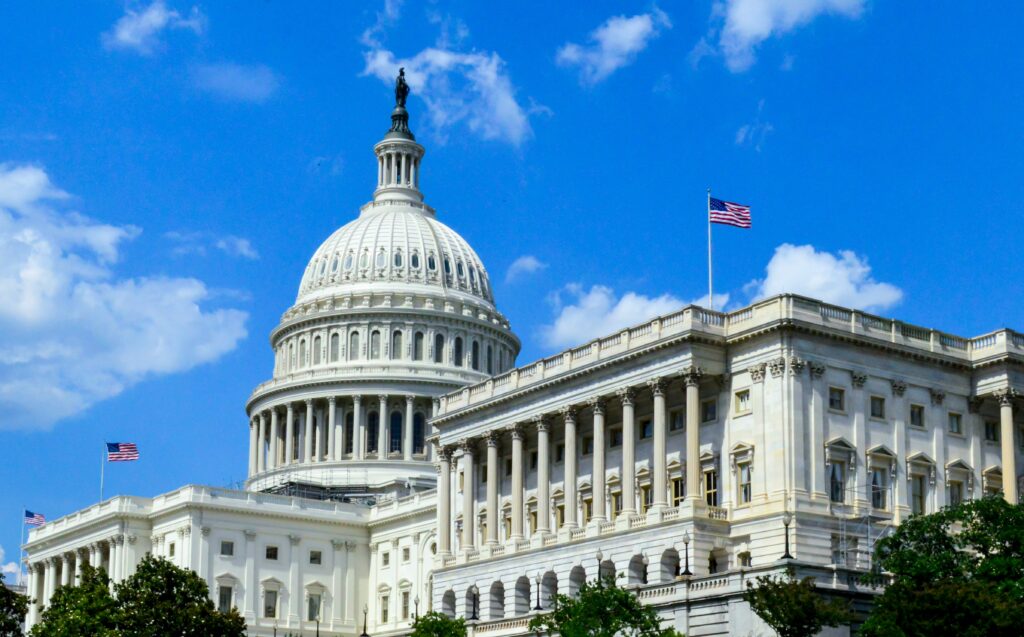Understanding Your Path to Study, Train, or Teach in the U.S.
The J-1 Exchange Visitor Program, administered by the U.S. Department of State (DOS), facilitates cultural and educational exchange by allowing foreign nationals to come to the United States temporarily to teach, study, conduct research, receive training, or demonstrate special skills. Participants are sponsored by DOS-designated public or private entities and engage in specific program activities outlined in their Form DS-2019, Certificate of Eligibility for Exchange Visitor Status. The J-1 visa covers a wide range of categories, from students and scholars to au pairs and physicians.
Understanding the core requirements and features of this visa is essential for both participants and sponsors. This article highlights five key insights into the J-1 Exchange Visitor visa.

1. Program Sponsorship and Form DS-2019 are Essential
Unlike many other nonimmigrant visas petitioned by employers, the J-1 visa requires sponsorship by a DOS-designated program sponsor. Prospective exchange visitors must first apply to and be accepted by an approved program relevant to their field (e.g., university, research institution, hospital, cultural exchange organization). Once accepted, the program sponsor issues Form DS-2019. This document is crucial; it outlines the program details, duration, category of exchange, and estimated costs. The exchange visitor needs the DS-2019 to apply for the J-1 visa at a U.S. embassy or consulate abroad and to enter the United States.
Maintaining contact with the Responsible Officer (RO) or Alternate Responsible Officer (ARO) at the sponsoring organization is vital throughout the program. Find designated sponsors on the Department of State J-1 Visa website.
2. Diverse Categories, Specific Rules
The J-1 program encompasses numerous categories, each with its own specific eligibility criteria, duration limits, and rules regarding employment and dependents.
Common categories include:
- Students (College/University, Secondary): Pursuing academic programs.
- Short-Term Scholars: Professors, researchers, etc., on short visits (up to 6 months).
- Professors and Research Scholars: Longer-term academic appointments (generally up to 5 years).
- Trainees & Interns: Participating in structured training or internship programs in specific occupational fields.
- Physicians: Engaging in graduate medical education or training.
- Teachers: Teaching full-time at accredited primary or secondary schools.
- Au Pairs: Living with a host family and providing childcare.
- Camp Counselors/Summer Work Travel: Specific seasonal programs.
It is crucial to understand the specific rules governing your J-1 category, including permitted activities, duration of stay (typically admitted for “Duration of Status” or D/S, tied to the DS-2019 end date), and any restrictions.
More details are on the USCIS Exchange Visitors page.

3. The Two-Year Home-Country Physical Presence Requirement (Section 212(e))
One of the most significant aspects of the J-1 visa is the potential applicability of the Two-Year Home-Country Physical Presence Requirement, also known as INA Section 212(e). Certain J-1 exchange visitors are required to return to their home country or country of last legal permanent residence for an aggregate of at least two years after completing their J-1 program before they are eligible for certain other U.S. immigration benefits, including H, L, K visas, or lawful permanent residency (Green Card).
This requirement typically applies if:
- The J-1 program was financed directly or indirectly by the U.S. government or the visitor’s home country government.
- The exchange visitor’s field of specialized knowledge or skill is deemed necessary for the development of their home country (as listed on the DOS “Exchange Visitor Skills List”).
- The exchange visitor came to the U.S. to receive graduate medical education or training.
Understanding if 212(e) applies is critical for future immigration planning. Waivers are possible but can be complex.
Need help with a waiver? Explore our guide on Overcoming Barriers: 5 Key Insights into I-601 & I-212 Waivers
4. Employment Authorization is Program-Specific
Employment authorization for J-1 visa holders is generally limited to activities directly related to their specific exchange program and as authorized by their program sponsor. The type and extent of permissible employment vary significantly by J-1 category.
- On-Campus Employment: J-1 students may be eligible for certain on-campus employment related to scholarships or assistantships.
- Academic Training: J-1 students may be eligible for practical training related to their field of study after completion.
- Program-Related Work: Scholars, researchers, trainees, etc., typically work as part of their program objectives.
- Other Categories: Au pairs, camp counselors, etc., have work authorization inherent to their program.
Any employment outside the scope defined by the DS-2019 and program regulations requires specific authorization from the sponsor (and sometimes USCIS). Unauthorized employment is a violation of status. Check details with your program sponsor (RO/ARO).

5. Maintaining Status and Program Compliance
J-1 exchange visitors must actively maintain their status throughout their stay.
This includes:
- Engaging full-time in the program activities specified on the DS-2019.
- Complying with the rules of the sponsoring organization and DOS regulations.
- Maintaining required health insurance coverage for themselves and any J-2 dependents.
- Keeping their DS-2019 valid and seeking extensions through the sponsor before it expires if needed.
- Reporting address changes to the sponsor.
- Departing the U.S. within the grace period (typically 30 days) after program completion, unless they have applied for and been granted a change or extension of status.
Failure to maintain status can have serious consequences, including making the individual ineligible for future visas or benefits.
Questions about program rules? Schedule your consultation with D’Alessio Law Group today and receive a $100 discount!

The J-1 Exchange Visitor visa offers valuable opportunities for international exchange in diverse fields. Success depends on securing sponsorship from a DOS-designated program, understanding the specific rules of the J-1 category, being aware of the potential two-year home residency requirement (212(e)), adhering to employment limitations, and diligently maintaining status throughout the program. Careful planning and communication with the program sponsor are key.
Ready to explore your J-1 options or navigate potential complexities? Need a more detailed guide to J-1 requirements? Download our comprehensive E-book: “Cultural Exchange Compass: Your Essential J-1 Visa Pre-Requirement Guide”



